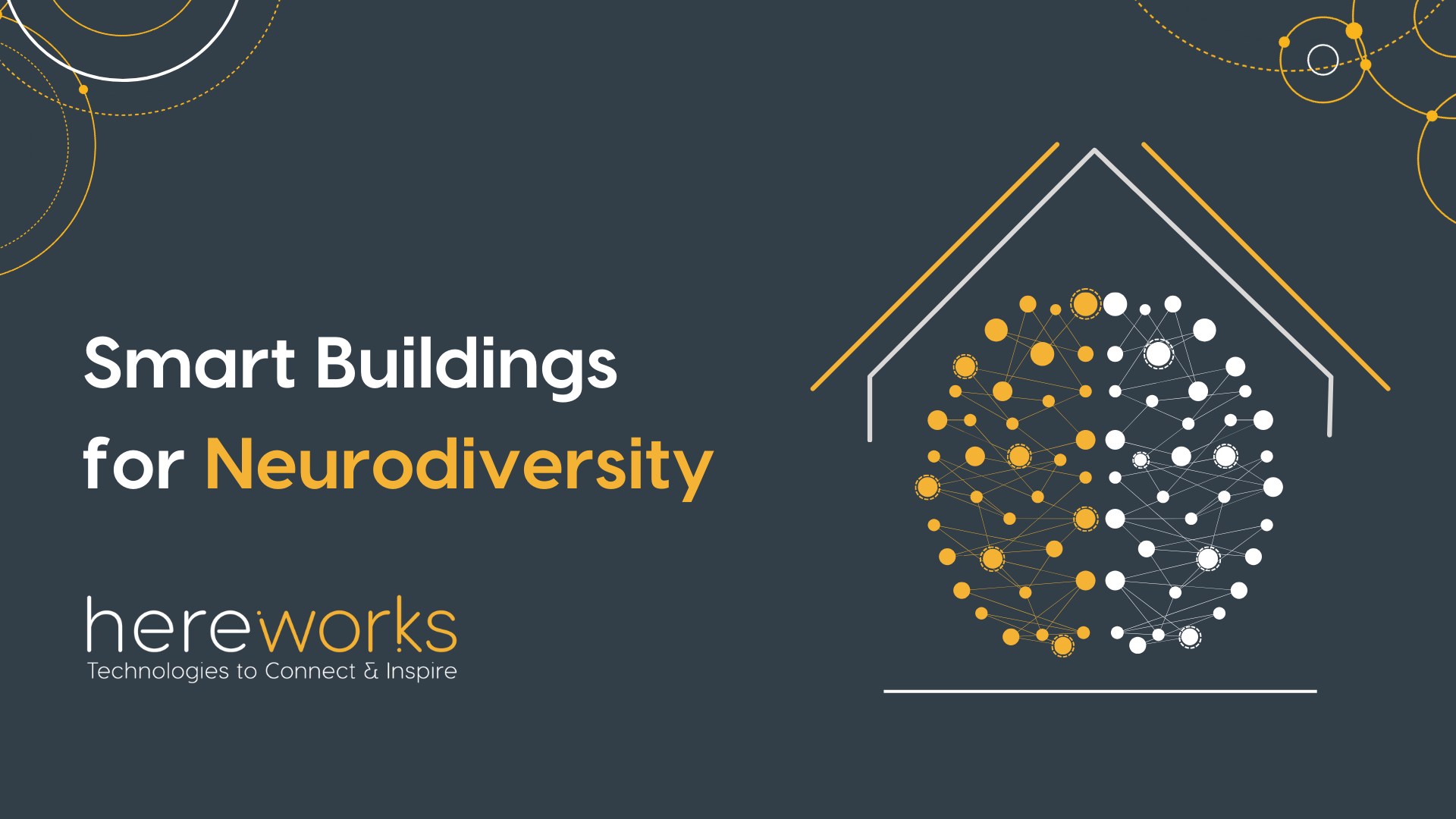
Smart Building Stages and Stakeholders
Developing a Smart Building is more than just a one-step process. It’s a journey that involves several stages, with each stage further enhancing the capabilities of the building.
While many resources are available to tell you what a Smart Building is, fewer succinctly describe each stage, and even fewer discuss who is interested in pursuing each stage.
Therein lies the subject of this blog. Let’s take a closer look at what each stage involves and discuss who is interested in these stages!

Smart Building Stages
Stage 1: Design Assist
A team of integrators, software developers, project managers, and network engineers guide the project team to understand what is possible within their proposed tech stack and security limitations.
Stage 2: Smart Accessible
Data is prepared for cloud connection by identifying and employing a suitable ontology, and the conformation of all systems is validated. During construction, collecting device details, specifications, drawings, and schematics readies the building for smart integration, preventing future expenses.
Stage 3: Smart Ready
Install and commission MQTT gateways for cloud connection. Shadow devices in the cloud are configured to mimic site devices, holding configurations, metadata, and telemetry information. A secure, reliable cloud link is formed.
Stage 4: Smart Building
A data lake with a connected analytics platform reveals trends, anomalies, and future-building insights. Centralised device data aids in swift issue spotting and efficiency enhancements and enables automation, preventive maintenance, and building control.
Stage 5: Smart Workplace
With platforms like Hereworks Happy™ insights, machine learning for potential data analysis and robust correlations are offered. The building constantly evolves with occupant needs and autonomously reacts to the data analysed (cause and effect).
The Stages, Summarised
So, to summarise these stages in just one paragraph, a team of experts strategically plan how to enable a building to meet the needs of its users. They focus on what success looks like and what infrastructure and cutting-edge technology is required to facilitate this success, ensuring security compliance and preparing the building for a seamless connection to the cloud. Once linked, a central hub or data lake acts as the building’s brain, collecting and analysing data to identify trends and issues. In the final stage, advanced smart building management platforms, more commonly referred to as a Single Pane Of Glass (SPOG), like Hereworks Happy™, are integrated, allowing users to make decisions, and with the use of machine learning and AI allowing the building to respond and evolve to meet ever-changing user needs.

So, who is interested in each stage?
Stages 1-3
Each stage of Smart Building development has many interested parties, which we have broken down into two main categories.
The first 3 Stages are generally of the most interest to developers and investors focused on creating a ‘Smart Ready’ building. They want the building to be attractive and easy to sell to large companies, especially if they want to impress a particular client base, such as those committed to reaching specific ESG goals.
One could argue that few developers are interested in the insights gained from building data – they’re interested in making sure their building is easy to sell. This is partly true given that at Stage 3, the building is ‘Smart Ready’ and is gathering data but has no software to read and analyse that data.
Investors and developers may want to focus on carefully designing the Smart Building to ensure that the different technologies and systems within the building can work together smoothly, making sure that there are no inoperability or compatibility issues. Getting these foundations right first, alongside technically creating a minimum viable product or building, enables an easier rollout of a software layer such as a SPOG. The SPOG can manage the building and provide valuable insights from a single platform instead of multiple siloed applications.
Early inclusion of a Master Systems Integrator into the design phase of the building will ensure better project outcomes and reduce the likelihood of costly rework. With the correct operations, a developer or investor can ensure their building is future-proofed and suitable for occupants.
The building needs to be developed to a global standard to allow for technological evolutions and the use of whichever software any future tenants wish to use.
Stages 4-5
Investors and developers may also be interested in going as far as Stages 4 or 5. They often want to add the end software and may even think that this is what makes a building ‘Smart.’ However, without having the foundations right and laid down correctly in Stages 1 to 3, it is very difficult to get robust software in place that can read all the data coming from the building. Skipping the first 3 stages will leave them with nothing but a flashy, fancy app.
Once the developers have brought their building to the ‘Smart Ready’ stage, it becomes the occupiers’ responsibility to implement the final stages.
With this in mind, occupiers enter the frame once the developers have brought their building to the ‘Smart Ready’ stage. Occupiers are more concerned with implementing the final stages as they will usually receive the most benefits from it. They may also prefer the flexibility of choosing what software to implement, as it can allow greater control over their space and give them the option to select a design that works best for their needs.
Stages 4 and 5 focus on human-centric aspects, bringing insights and analytics to the forefront.
Currently, at the end of every Smart Building lies a dashboard or SPOG, which enables improvements to wellbeing and inclusivity and enhances the sustainability of a building. Without a dashboard like this, the Smart Building is not smart, as nobody can see what’s happening or where improvements can be made.
Therefore, Stages 4 and 5 are most attractive and relevant to those who will occupy or own the building at the end of its construction. These stages allow the building or facility manager to run the building smoothly, securely and efficiently with a dashboard or SPOG.
Hereworks Happy™
One such dashboard is Hereworks Happy™.
We created Hereworks Happy™ to redefine the concept of Smart workplaces, introducing a holistic approach beyond conventional Smart Building solutions.
With this software, we’re bridging the gap between those who build and those who occupy. By making data readable and accessible, we empower both developers and end-users to embrace the future of smart buildings. After all, a building isn’t truly smart until its insights are on display for everyone to see.
Categories
Share this article
Feature Posts





